A professional home energy audit is the optimal way to determine where your home is losing energy and where you can reduce energy waste. (Courtesy https://www.energy.gov/). You can conduct your own audit and identify many of the key areas for improvement. This is not as thorough as a professional home energy assessment, but it can help identify some of the immediate opportunities for savings.
When inspecting your home, keep a checklist of items you have inspected and problems you have identified. This will help you prioritize your energy efficiency upgrades. Don’t assume just because your home is recently constructed–or even new–that there are no opportunities to save energy. Energy-saving technology continues to evolve rapidly, outpacing training commonly available to many builders, including some of the most reputable.
When inspecting your home, keep a checklist of items you have inspected and problems you have identified. This will help you prioritize your energy efficiency upgrades. Don’t assume just because your home is recently constructed–or even new–that there are no opportunities to save energy. Energy-saving technology continues to evolve rapidly, outpacing training commonly available to many builders, including some of the most reputable.
Locate Air Leaks
First, make a list of obvious air leaks (drafts). The potential energy savings from reducing drafts in a home may range from 10% to 20% per year, and the home is generally much more comfortable afterward.
Check for indoor air leaks, such as gaps along the baseboard or edge of the flooring and at junctures of the walls and ceiling. Also check for leaks on the outside of your home, especially in areas where two different building materials meet. Other places to check for leaks include windows, doors, lighting and plumbing fixtures, switches, and electrical outlets. Also check for open fireplace dampers.
Seal Air Leaks
Plug and caulk holes or penetrations for faucets, pipes, electric outlets, and wiring. Look for cracks and holes in the mortar, foundation, and siding, and look for leaks around windows and doors. Seal them with the appropriate material.
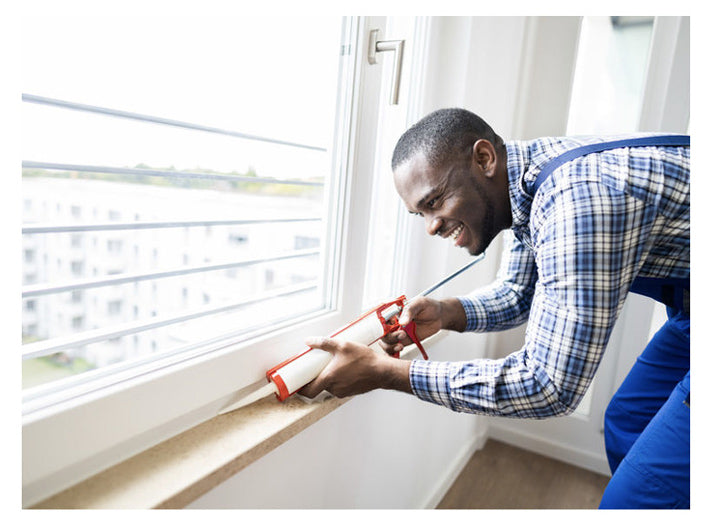
Check Insulation
Heat loss through the ceiling and walls in your home can be significant if insulation levels are less than the recommended minimum. When your house was built, the builder likely installed the amount of insulation recommended at that time. The level of insulation might be inadequate, especially if you have an older home.
If the attic hatch is located above a conditioned space, check to see if it is at least as heavily insulated as the attic, is weather stripped, and closes tightly. In the attic, determine whether openings for items such as pipes, ductwork, and chimneys are sealed. Seal any gaps with an expanding foam caulk or some other permanent sealant. When sealing gaps around chimneys or other heat producing devices, be sure to use a non-combustible sealant.
Make sure that the attic vents are not blocked by insulation. You also should seal any electrical boxes in the ceiling with flexible caulk (from the living room side or attic side) and cover the entire attic floor with at least the current recommended amount of insulation.
Checking a wall's insulation level is more difficult. Select an exterior wall and turn off the circuit breaker or unscrew the fuse for any outlets in the wall. Be sure to test the outlets to make certain that they are not "hot." Check the outlet by plugging in a functioning lamp or portable radio. Once you are sure your outlets are not getting any electricity, remove the cover plate from one of the outlets and gently probe into the wall with a thin, long stick or screwdriver. A plastic crochet hook is particularly suited, as it will retrieve small bits of any insulation material for easy identification. If you encounter a slight resistance, you have some insulation there. You could also make a small hole in a closet, behind a couch, or in some other unobtrusive place to see what, if anything, the wall cavity is filled with. Ideally, the wall cavity should be totally filled with some form of insulation material. Unfortunately, this method cannot tell you if the entire wall is insulated, or if the insulation has settled. Only a thermographic inspection can do this.
If your basement or crawlspace is unconditioned and open to the exterior, determine whether there is insulation under the living area flooring. In most areas of the country, an R-value of 25 is the recommended minimum level of insulation. If the sub-space is enclosed and contains heating or cooling appliances, air ducts or plumbing, you should probably insulate the sub-space perimeter rather than the living space floor. The insulation at the top of the foundation wall and first floor perimeter should have an R-value of 19 or greater. If the basement is intentionally conditioned, the foundation walls should also be insulated to at least R-19. Your water heater, hot water pipes, and furnace ducts should all be insulated.

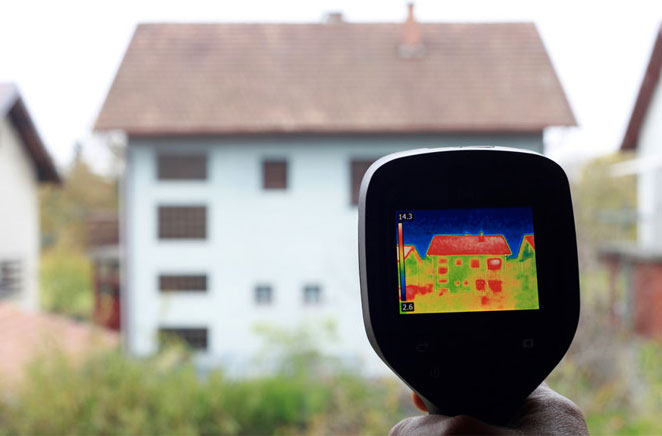
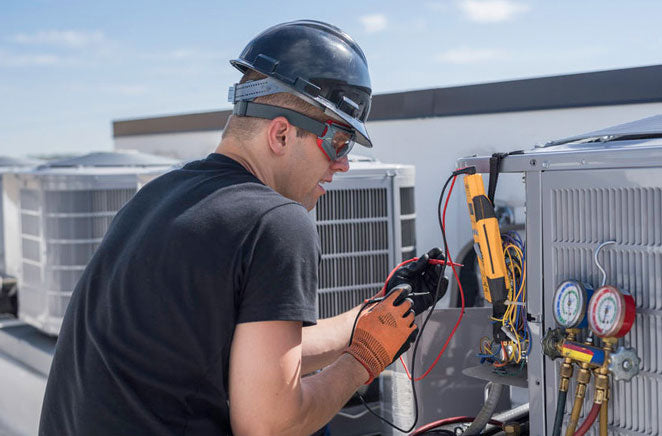
Inspect Heating and Cooling Equipment
Inspect heating and cooling equipment annually, or as recommended by the manufacturer. If you have a forced-air furnace, check your filters and replace them as needed. Generally, you should change them about once every month or two, especially during periods of high usage. Have a professional check and clean your equipment once a year.If the unit is more than 15 years old, you should consider replacing your system with one of the newer, energy-efficient units. A new unit would greatly reduce your energy consumption, especially if the existing equipment is in poor condition. Check your ductwork for dirt streaks, especially near seams. These indicate air leaks, and they should be sealed with a duct mastic. Insulate any ducts or pipes that travel through unheated spaces. An insulation R-Value of 6 is the recommended minimum.
Lighting
Energy for lighting can account for about 10% of your electric bill. Examine the light bulbs in your house and consider replacing inefficient bulbs with a more efficient choice such as light-emitting diodes (LEDs). When shopping for bulbs, consider the brightness of the bulbs you want and look for lumens and the Lighting Facts label. Also look for ways to use controls such as sensors, dimmers, or timers to reduce lighting use.
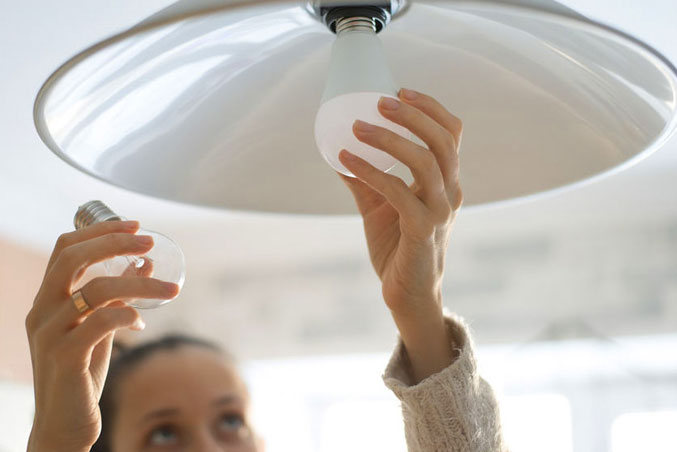
Appliances and Electronics
The appliances and electronics you choose and how you use them affect your energy use and costs. Examine the appliances and electronics in your home and estimate their energy use. Consider using Advanced PowerStrips for reducing the energy use of your appliances and electronics.
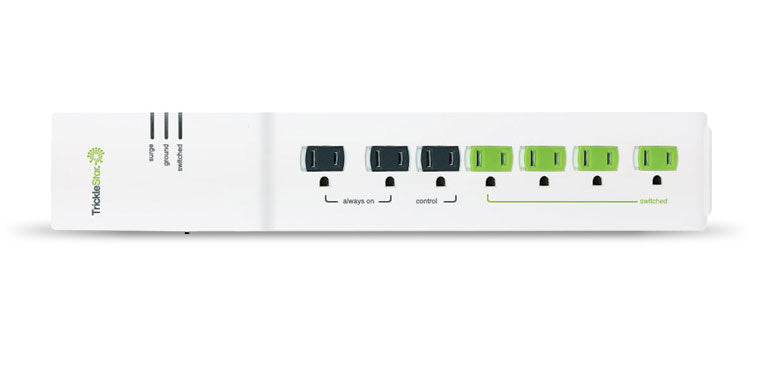
Your Whole-House Plan
After you know where your home is losing energy, make a plan by asking yourself a few questions:
- How much do you spend on energy?
- Where are your greatest energy losses? Are there any big, quick wins to had?
- What is your budget and what is the payback period for your investments in upgrades?
- Do the energy-saving measures provide additional benefits that are important to you?
How long do you plan to own your home? - Can you do the job yourself or do you need a contractor?
- How much time do you have for maintenance and repairs?
- Should you obtain a Professional Home Energy Audit?
To discover additional ways to reduce your utility expenses, please visit https://porch.com/advice/lower-utility-bills
